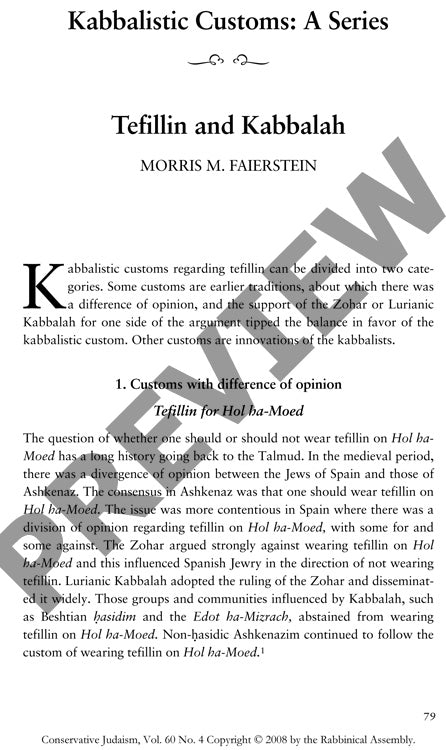Kabbalistic Customs Tefillin and Kabbala
Couldn't load pickup availability
The mystical teachings of Kabbalah profoundly reshaped Jewish tefillin practices, transforming disputed customs into standardized rituals and introducing entirely new traditions that persist today. Through analysis of the Zohar, Lurianic literature, and medieval halakhic texts, two distinct patterns of Kabbalistic influence emerge: the resolution of existing halakhic debates and the creation of novel mystical innovations. The Sefer ha-Agur marked a pivotal moment as the first halakhic work to elevate the Zohar to legal authority, codifying specific requirements for tefillin positioning and donning procedures. Lurianic Kabbalah further standardized practices like the seven strap wrappings and reinterpreted finger-wrapping customs as symbolic betrothal to the Shekhinah. Textual analysis spanning Talmudic to post-medieval sources reveals how Kabbalistic teachings decisively influenced contested practices, particularly wearing tefillin during Hol ha-Moed and the simultaneous use of both Rashi and Rabbenu Tam tefillin pairs. These Kabbalistic modifications became normative among Hasidic communities and Edot ha-Mizrach, while simultaneously generating ongoing halakhic discourse about the authoritative status of mystical texts like the Zohar in Jewish law.

More Information
-
Physical Description
-
Publication Information
Published 2008
ISBN
-
Publication Credits
Morris Faierstein

